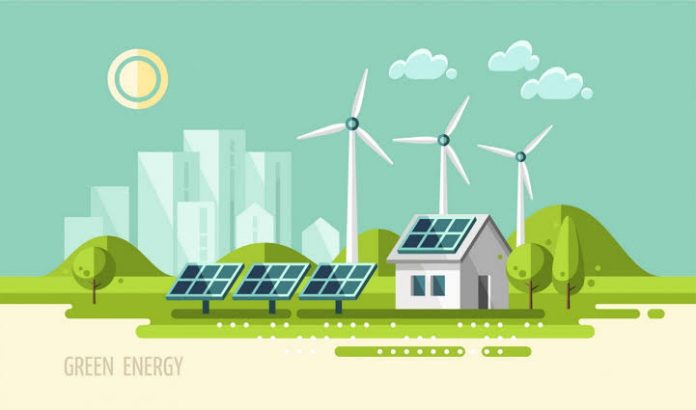Clean-tech is back and a venture fund led by Bill Gates is committing billions of dollars
Green energy in the US is hot again. The spectre of the clean-tech bust that followed a streak of exuberance a decade ago will be raised by the new boom. But there are reasons to believe that this time the trend is no bubble or mirage. There was an explosion of investment in the clean-tech renewable energy, plus other technologies in the late 2000s and early 2010s for reducing carbon emissions. The money, at first, came largely from venture capitalists (VCs), but then the federal government stepped in and began providing cheap loans and subsidies. Then Solyndra, a solar manufacturer in 2011, spectacularly failed, causing an immense political backlash, which was only the most prominent failure. Investors lost about $25 billion when the sector crashed. Money dried up fast. For years, “clean-tech” was a dirty word for VCs.
But, clean-tech is back and a venture fund led by Bill Gates is committing billions of dollars. Funding for battery companies and electric-vehicle companies has skyrocketed and investment in solar and wind energy dwarfs everything else.
This raises fear of another bubble for some of history repeating itself. It is believed that the rapid rise in valuations is a clear indicator of overpricing that is expected to collapse when interest rates rise.
It is pretty confident that the clean-tech industry as a whole won’t experience the kind of bust it did last time, although investors will experience some ups and downs. And the most basic reason for this is maturing of the fundamental underlying technology in a way it hadn’t a decade ago. The levellized cost of solar photovoltaic (PV) electricity in 2009 was $359 per megawatt-hour, which was more than four times as expensive as electricity from a natural gas plant. In 2019, solar PV had fallen in price to $40 per megawatt-hour, 28 per cent cheaper than gas. That is an 89 per cent decline in 10 years, with more drops yet to come. Meanwhile, lithium-ion batteries have cheapened too.
That order-of-magnitude drop in costs makes all the difference. First, it means that solar and wind is not risky new technologies. Solyndra failed because it was trying to market an innovative new kind of solar cell, which ended up being too expensive once the tried-and-true design came down in cost. Future investments in solar won’t have to bet on any difficult clean-tech breakthroughs. Batteries might be a different story; lots of money is being thrown at start-ups trying to create solid-state batteries, which would be a true breakthrough. But Tesla is doing just fine with the old kind, so that sector is probably going to do okay as well. Venture investing does well when it doesn’t have to bet on ‘hard tech’, and much of clean-tech is no longer hard.
Secondly, cost drops mean that success doesn’t depend on state intervention. For capital-intensive energy firms to succeed in the early boom, fickle government subsidies were often necessary. Now, the market is investing a lot in renewables on its own, even though President Joe Biden plans a big push for clean-energy investment.
Investors finally have learnt their lesson. For venture, clean energy was never a good fit. Its capital intensive, since buying solar panels and wind turbines entails a lot of money up front, venture capital tends to focus on cheap, small investments that scale. Clean electricity firms are basically all trying to provide the same commodified product, instead of creating highly differentiated products and new markets, as in software.
VCs this time are finding other niches where start-ups can add value, such as solar services and financing, lab-grown meat and electric vehicles and are letting bigger investors handle solar and wind. Some of those bets will fail, but that’s always the case in private equity. The principle that a few big hits can compensate for a lot of little failures is now demonstrated by the success of Tesla with a market cap of almost $700 billion, or 28 times the amount that was lost in the clean-tech bust.
In other words, clean-tech is entering the final stage of the famous Gartner Hype Cycle, a pattern that describes the progression of emerging technologies and business models, starting with an innovation that sees expectations climb and then crash, before they finally rise again to sustained productivity.
For a new technology outstripping the technology itself, like the dot-com bust in the year 2000, the clean-tech bust, was a case of investor enthusiasm. But, just as few today would question the value of companies like Google and Facebook that came into their own during a dip in investor enthusiasm; clean-tech will pull through. In Gartner’s terms, we have passed the ‘trough of disillusionment’ and are now climbing the ‘slope of enlightenment’.
Also read: Fortinet Announces AI-powered XDR for Fully Automated Threat Detection, Investigation, and Response
Do Follow: CIO News LinkedIn Account | CIO News Facebook | CIO News Youtube | CIO News Twitter






